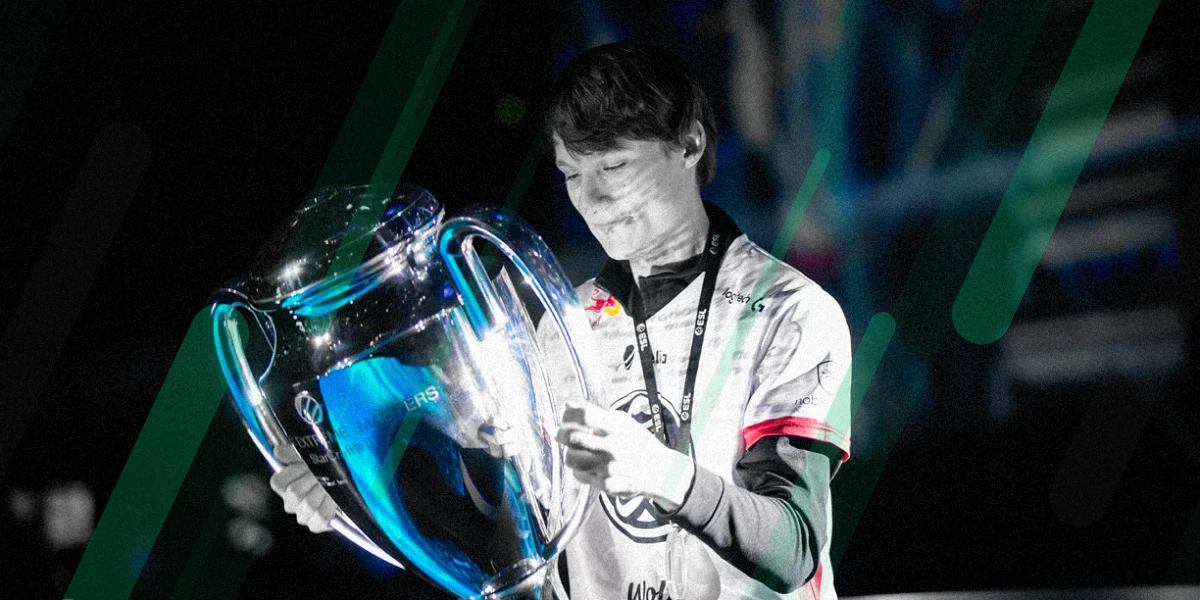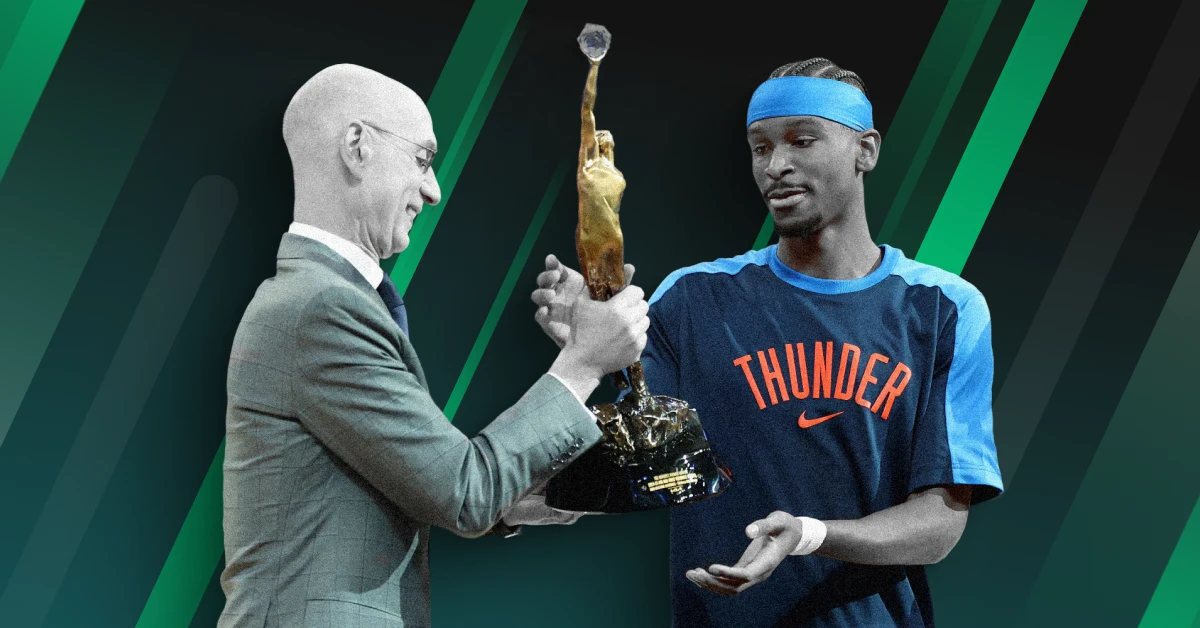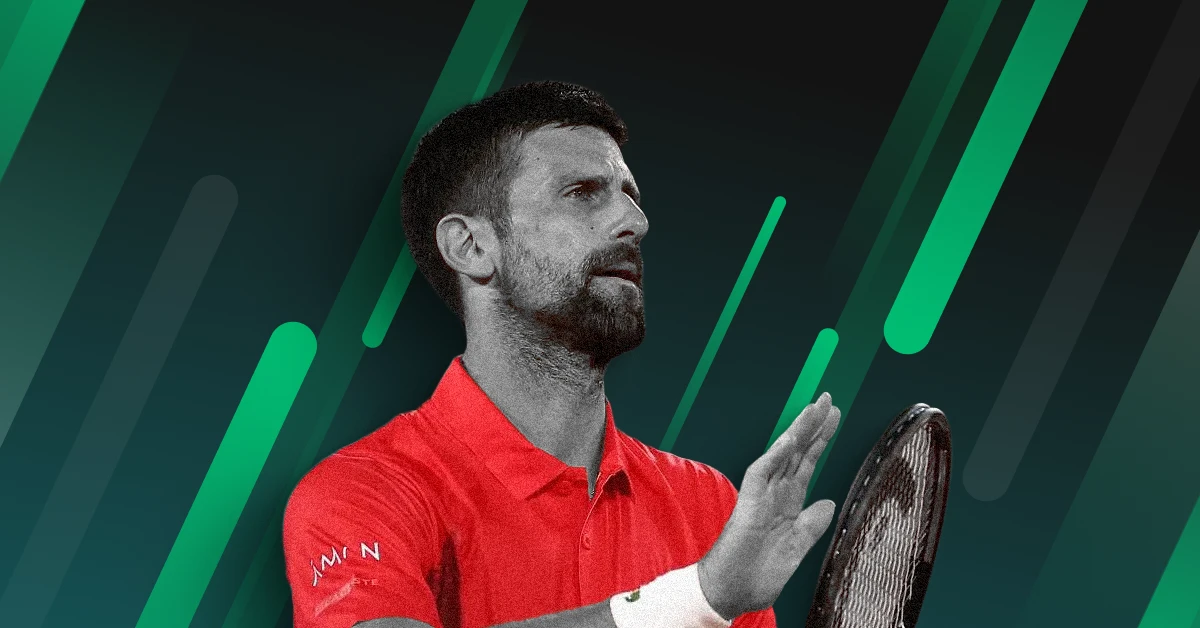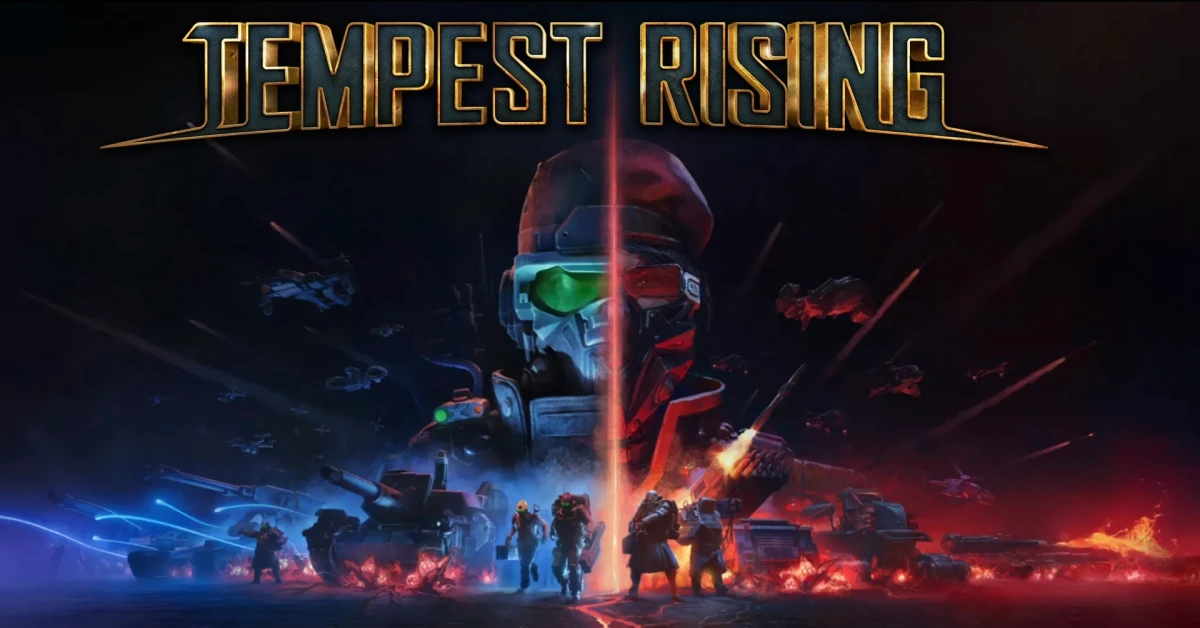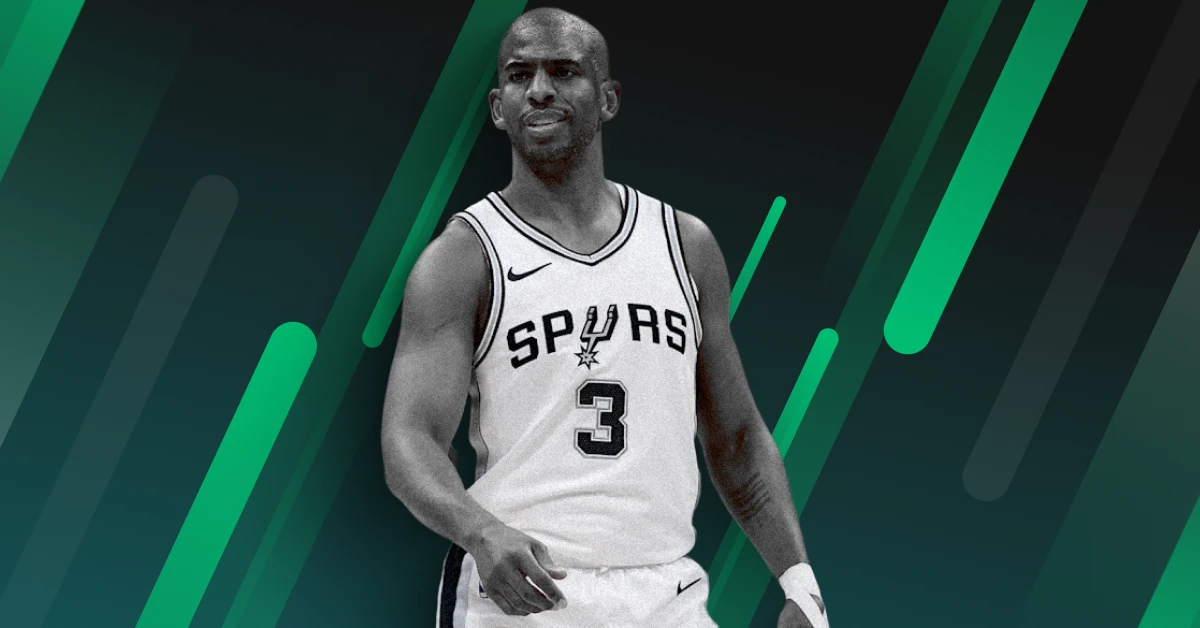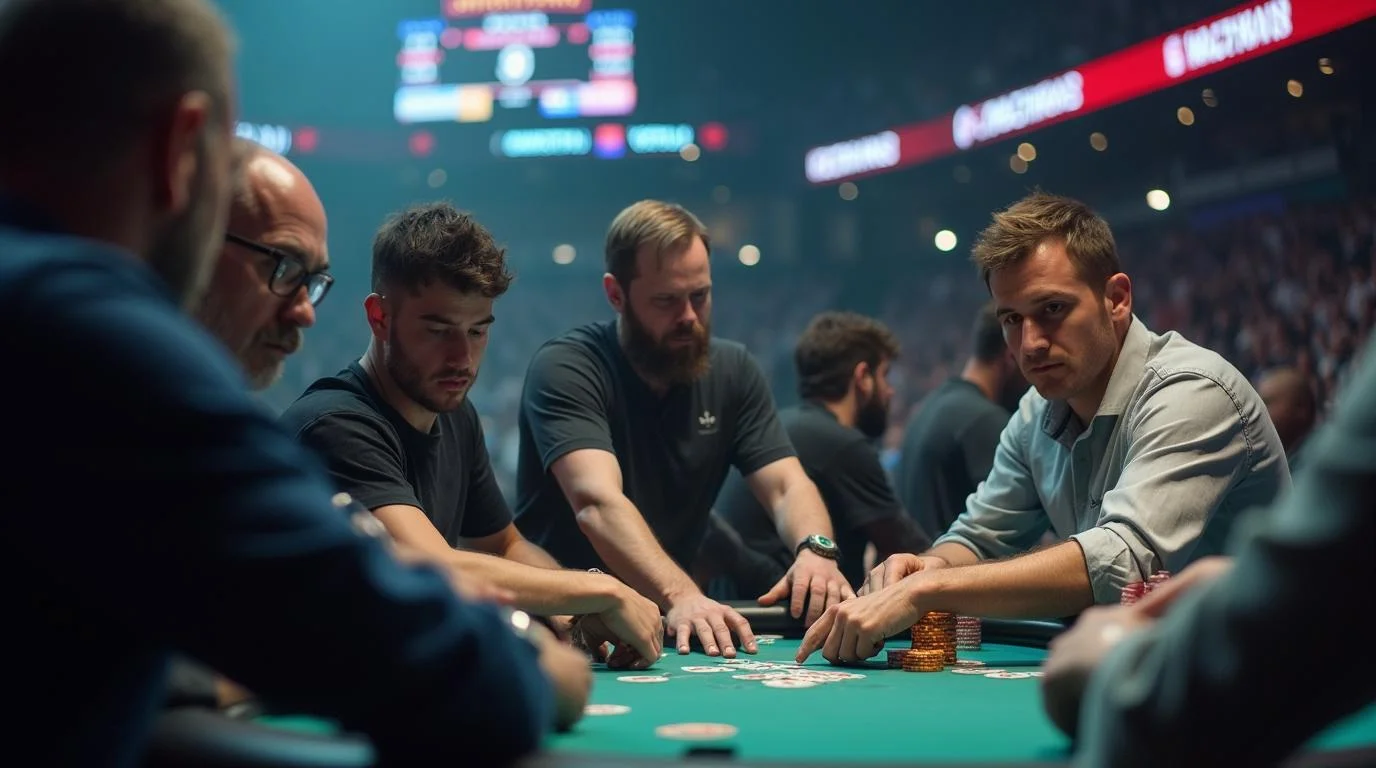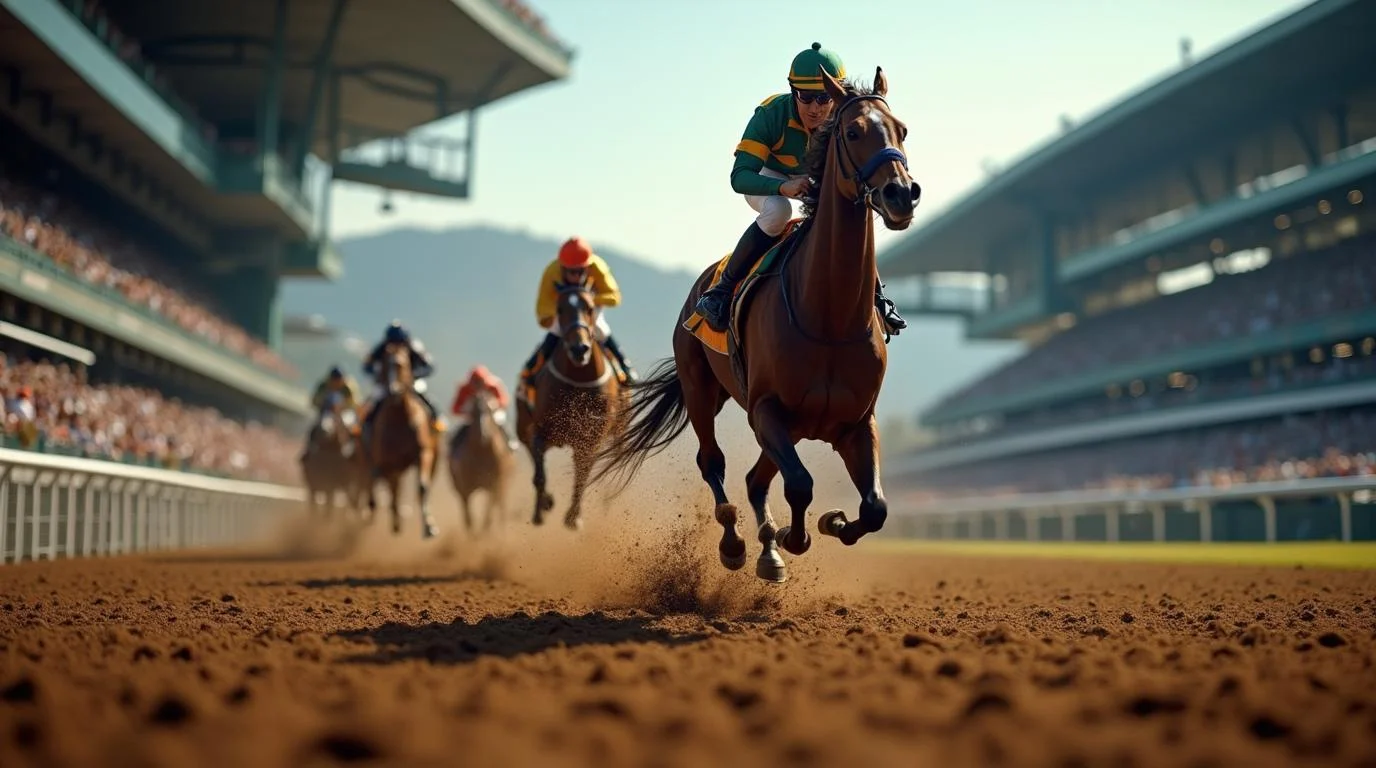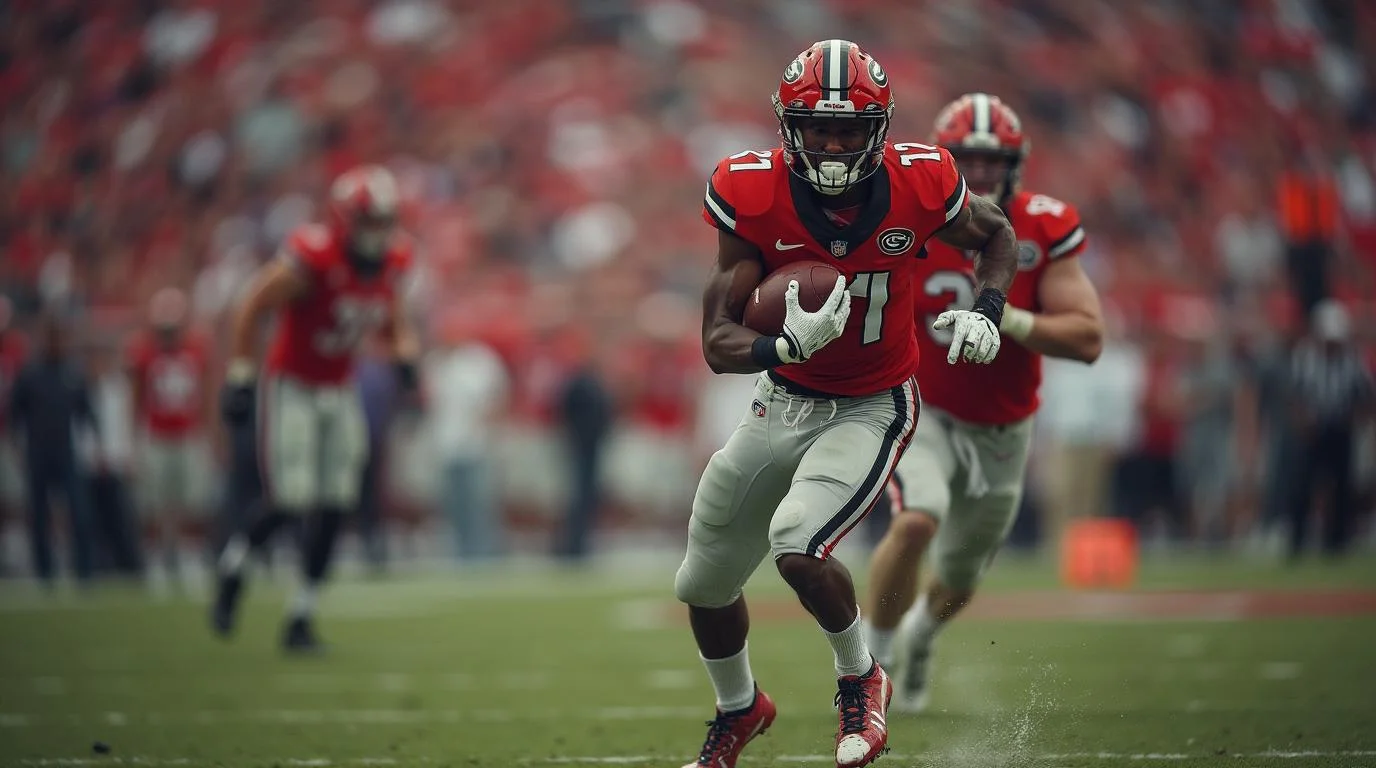The Legendary StarCraft II
StarCraft II has been around for more than a decade, and it is safe to say that it has cemented its place as one of the biggest games in the esports industry – being a leading title in the RTS genre all the way to a foundational piece and standard among many new games. It cannot be denied that SCII establishing it’s presence in the competitive scene as well as the RTS genre has proven to be a defining factor in its legacy.
Still, StarCraft II refined the real-time strategy genre like few games before or since. Building on the foundation of Brood War, it introduced smoother mechanics, smarter unit pathfinding, and a user interface that welcomed newcomers without alienating veterans.

But its real achievement? Perfecting asymmetric balance. Terran, Protoss, and Zerg all played completely differently – and yet, at the highest levels of play, each remained viable. This wasn’t just a triumph in balance design; it was a lesson for game developers across genres, influencing how faction-based and hero-based games were built in the years that followed.
Although Blizzard has scaled back official support and development, StarCraft II isn’t dead – far from it. Community-run tournaments, balance updates by volunteers, and a robust modding scene keep the game alive. And every few months, a new "underdog" player emerges on the ladder, ready to make their mark.
In many ways, StarCraft II's legacy is not just what it accomplished in its prime, but the loyal, passionate ecosystem it left behind – a world where high-level strategy, competition, and storytelling still thrive.
The Next Big StarCraft “Successors”
Whether you are a Terran micro god, a Protoss deathball commander, or an enthusiast for the Zerg Swarm, you can’t help but be excited for the next potential titles that will take inspiration from StarCraft II. While there’s yet a StarCraft II successor to emerge from the shadows, three titles under development have shown some promise as to how they may well be the next SCII iteration of this era.
Here are some of the biggest successors currently in the works for StarCraft II:
Immortal: Gates of Pyre
Immortal: Gates of Pyre emerges as a compelling spiritual successor to StarCraft II, blending traditional RTS elements with innovative mechanics and a rich narrative backdrop. Developed by SunSpear Games, a studio with roots in the StarCraft II modding community, the game introduces the concept of "Immortals" – godlike generals who influence battles through unique abilities and passive effects. This feature draws inspiration from StarCraft II's co-op commanders and Age of Mythology's god powers, offering players a strategic layer that enhances both macro and micro gameplay.

The game's design emphasizes accessibility without sacrificing depth. Streamlined economic systems, such as automated worker tasks and simplified building placement, reduce micromanagement, allowing players to focus on strategic decision-making. The command card interface consolidates unit abilities and construction options, minimizing the need for extensive hotkey usage.
These design choices make Immortal: Gates of Pyre approachable for newcomers while retaining the complexity that seasoned RTS players appreciate. With its engaging gameplay and thoughtful design, Immortal: Gates of Pyre stands poised to capture the essence of StarCraft II while charting its own path in the RTS genre.
ZeroSpace
ZeroSpace stands poised to redefine the real-time strategy genre, drawing inspiration from StarCraft II while introducing innovative gameplay mechanics and a rich narrative experience. Developed by Starlance Studios, the game features a dynamic mix-and-match system, allowing players to combine various factions, mercenary units, and heroes, resulting in nearly limitless strategic combinations. This approach offers unparalleled depth and player expression, catering to both newcomers and seasoned RTS enthusiasts.

The game's single-player campaign is heavily influenced by epic sci-fi RPGs like Mass Effect and Baldur's Gate, featuring branching narratives and interactive dialogues where player choices significantly impact the galaxy's fate. Additionally, ZeroSpace introduces a persistent MMO-style galactic map, enabling players to engage in large-scale co-op missions, form alliances, and participate in a shared universe that evolves based on collective actions. With its blend of strategic depth and immersive storytelling, ZeroSpace is set to be a worthy successor to StarCraft II, appealing to both RTS veterans and new players alike.
Stormgate
Perhaps the most promising out of all candidates on this list, Stormgate, developed by Frost Giant Studios and led by former Blizzard veterans, is shaping up to be a worthy successor to StarCraft II. Drawing inspiration from Blizzard's RTS classics, Stormgate introduces a science-fantasy universe where players command factions like the technologically advanced Vanguard and the demonic Infernal Host. The game's design emphasizes large-scale battles, strategic depth, and a high skill ceiling, reminiscent of StarCraft II's gameplay. Utilizing the SnowPlay engine, Stormgate offers rollback net code and enhanced pathfinding, ensuring smooth and responsive gameplay.

Beyond its gameplay, Stormgate aims to revitalize the RTS genre by incorporating modern features such as a free-to-play model, robust co-op modes, and a focus on social experiences. The game includes a three-player co-op mode, 1v1 and 3v3 competitive multiplayer, and a built-in tournament system, all designed to foster a vibrant community. Frost Giant's commitment to accessibility ensures that both newcomers and seasoned RTS players can enjoy the game. With its blend of traditional RTS elements and innovative features, Stormgate is poised to carry the torch of StarCraft II and usher in a new era for real-time strategy games.
The Future of RTS is Bright
With Immortal: Gates of Pyre, ZeroSpace, and Stormgate all pushing the boundaries of what’s possible in real-time strategy, the genre is experiencing a well-deserved renaissance. While nothing may ever fully replace StarCraft II, these spiritual successors prove that the RTS spirit is alive and evolving – ready to captivate both veterans and a new generation of commanders.
And perhaps most exciting of all is the return of passionate developers who truly understand the heart of the RTS genre. Many of the creators behind these new titles are former StarCraft pros, modders, and designers who lived and breathed the game during its golden years. Their intimate knowledge of what made StarCraft II special – tight mechanics, meaningful strategy, and intense competition – shows through in every aspect of these new projects. This insider perspective is helping these studios build games that don’t just copy StarCraft II, but evolve its formula with modern sensibilities.
It’s also worth noting that each of these games is targeting not just competitive players, but the broader audience that once made RTS one of the most beloved genres in PC gaming. With features like story-driven campaigns, co-op missions, and accessibility-first design, Immortal, ZeroSpace, and Stormgate aim to bring new players into the fold while giving veterans a fresh challenge.
If you’ve been missing the thrill of macro and micro, the adrenaline of ladder matches, or the satisfaction of a well-executed build order – the next generation of RTS games may be closer than you think.












_800x800.webp)






